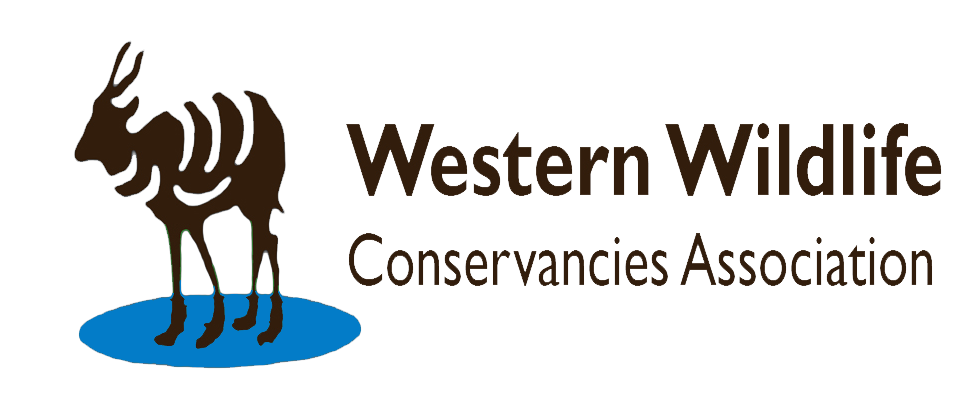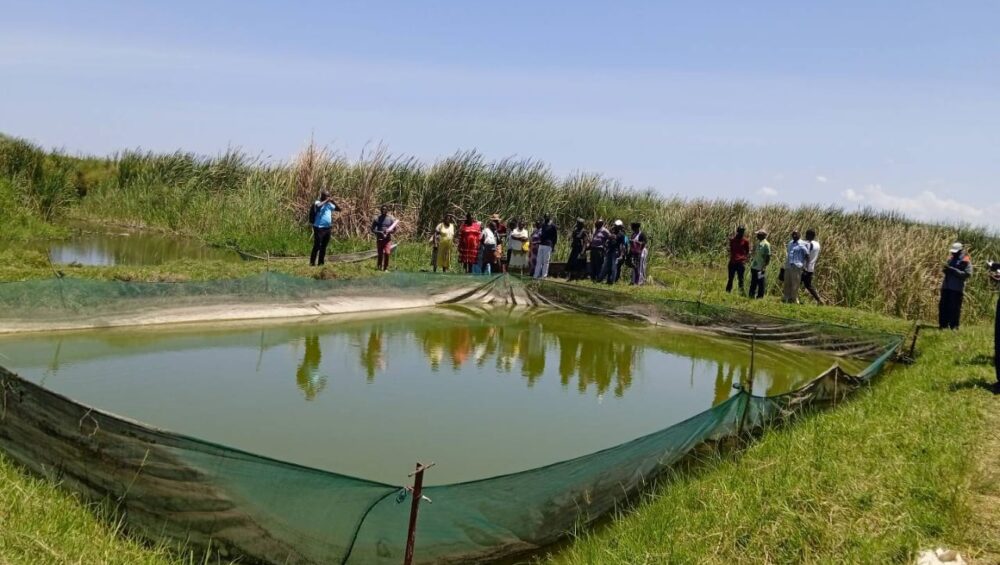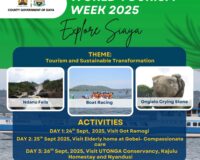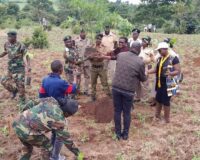The Mission
In the heart of the Western Landscape, along the shores of Lake Victoria, lies Yala Swamp—an expansive wetland that has long been a critical resource for the surrounding communities. However, like many wetland ecosystems, Yala Swamp has faced significant challenges due to unsustainable practices, leading to its degradation and threatening the livelihoods that depend on it.
Recognizing the urgent need to restore and protect this vital ecosystem, the Western Wildlife Conservancies Association (WWCA), with the leadership of dedicated members , embarked on a mission to revamp Yala Swamp. Their goal was not just to restore the swamp’s ecological balance but also to create sustainable alternatives for the local communities, easing the pressure on wetland resources and ensuring a brighter future for all.
The Challenge
Yala Swamp is one of Kenya’s largest freshwater wetlands, playing a crucial role in maintaining the ecological health of Lake Victoria and providing a habitat for a diverse range of species. For decades, the swamp has been a source of livelihood for the local population, primarily through fishing, farming, and papyrus harvesting. However, over time, unsustainable agricultural practices, overfishing, and encroachment have led to the degradation of this critical ecosystem. The loss of biodiversity, declining water quality, and reduced fish stocks were clear signs that urgent action was needed.
Revamping Yala Swamp: A Collaborative Effort
Under the manager’s guidance, WWCA initiated a comprehensive revamping project aimed at restoring Yala Swamp while providing alternative livelihoods to the communities. The first step was to engage with local stakeholders, including community leaders, farmers, and fishermen, to understand their needs and challenges. This collaborative approach ensured that the solutions developed were not only effective but also embraced by the people who relied on the swamp.
Restorative Actions and Sustainable Alternatives
The revamping project focused on several key areas:
- Habitat Restoration: WWCA led efforts to replant native vegetation and rehabilitate degraded areas of Yala Swamp. This involved reintroducing indigenous plant species, restoring natural water flow, and creating buffer zones to protect the wetland from further encroachment.
- Sustainable Agriculture: To reduce the pressure on the swamp’s resources, the Yala swamp manager and the WWCA team introduced sustainable farming practices. Local farmers were trained in agroforestry, organic farming, and water-efficient irrigation techniques. These methods not only improved crop yields but also reduced the need to convert wetland areas into farmland.
- Alternative Livelihoods: Understanding the reliance on Yala Swamp for fishing and papyrus harvesting, WWCA introduced alternative income-generating activities. The development of eco-tourism and the promotion of sustainable crafts made from renewable resources offered new opportunities for the community, reducing their dependence on the swamp’s natural resources.
- Community Education and Involvement: A crucial element of the success was the active involvement of the local community. Through continuous education and awareness programs, the community was empowered to take ownership of the conservation efforts. This fostered a sense of responsibility and pride in preserving Yala Swamp for future generations.
The Impact
The revamping of Yala Swamp has yielded remarkable results. The ecosystem is gradually recovering, with improved water quality, increased biodiversity, and the return of species that had previously disappeared. The community, now equipped with sustainable alternatives, has seen a positive change in their livelihoods. The reliance on the swamp’s resources has decreased, leading to a more balanced and sustainable use of this precious ecosystem.
A Model for Conservation
The leadership and the collaborative efforts of WWCA have turned Yala Swamp into a model of successful wetland restoration and sustainable development. The project has not only protected a vital ecosystem but also ensured that the local communities can thrive without compromising the environment.
This success story is a powerful example of how strategic conservation initiatives, driven by community involvement and innovative solutions, can revitalize ecosystems and secure the well-being of those who depend on them. The future of Yala Swamp is now brighter, and it stands as a testament to the potential for positive change when people and nature work together in harmony.






